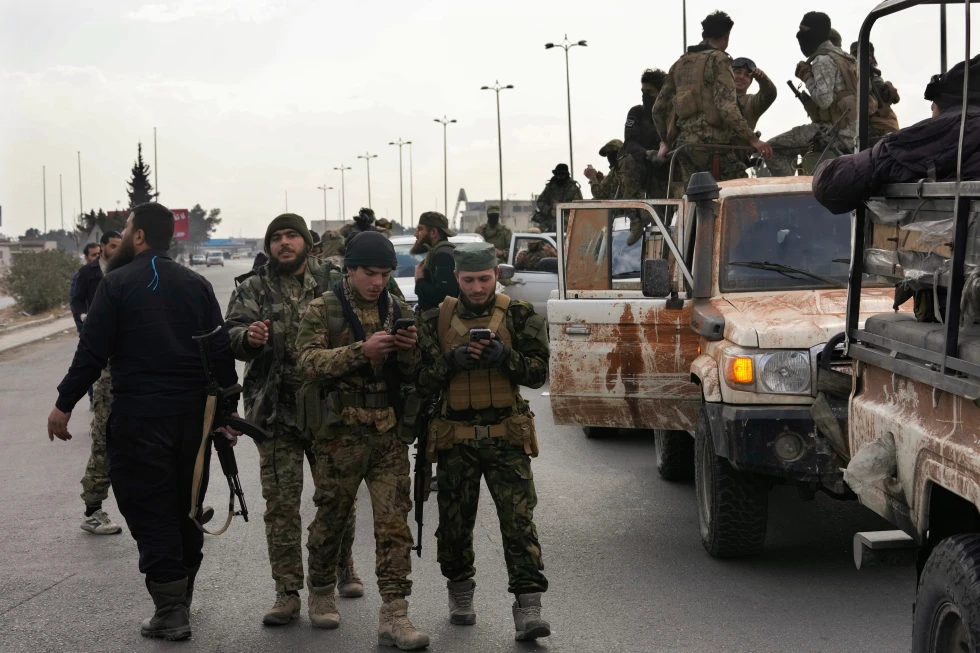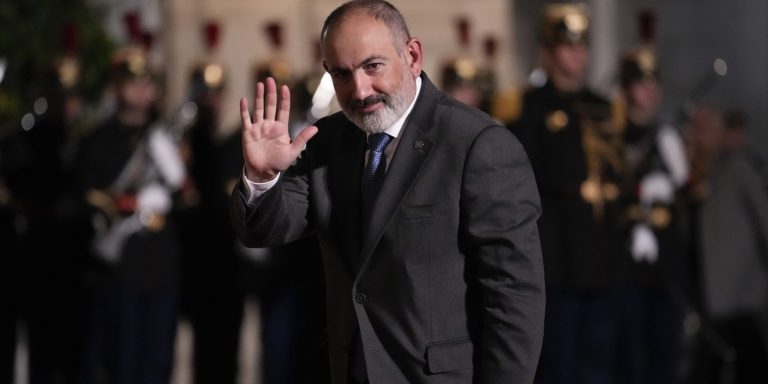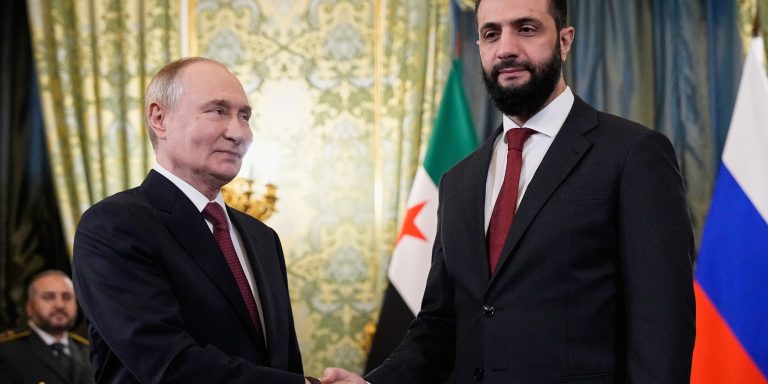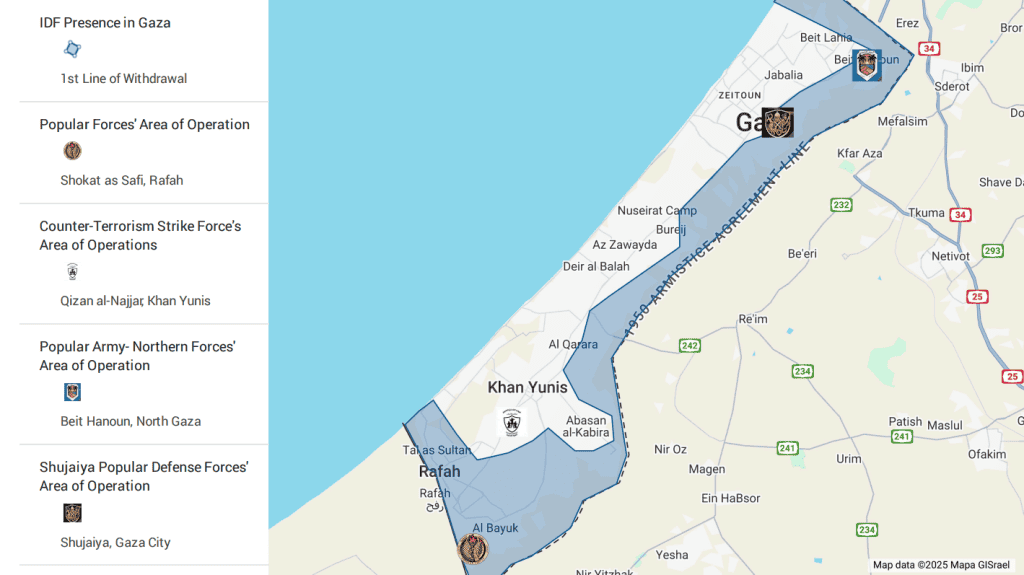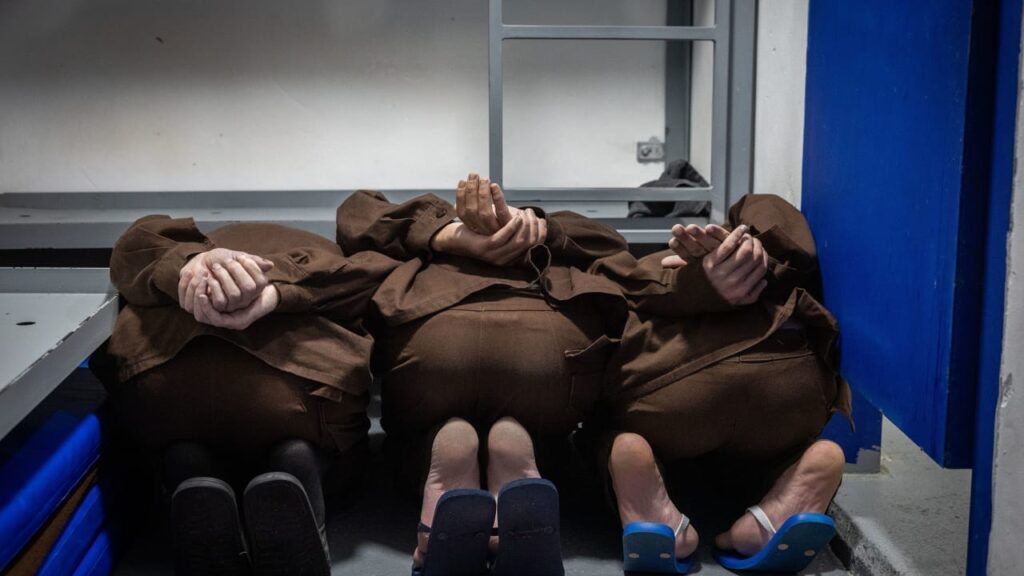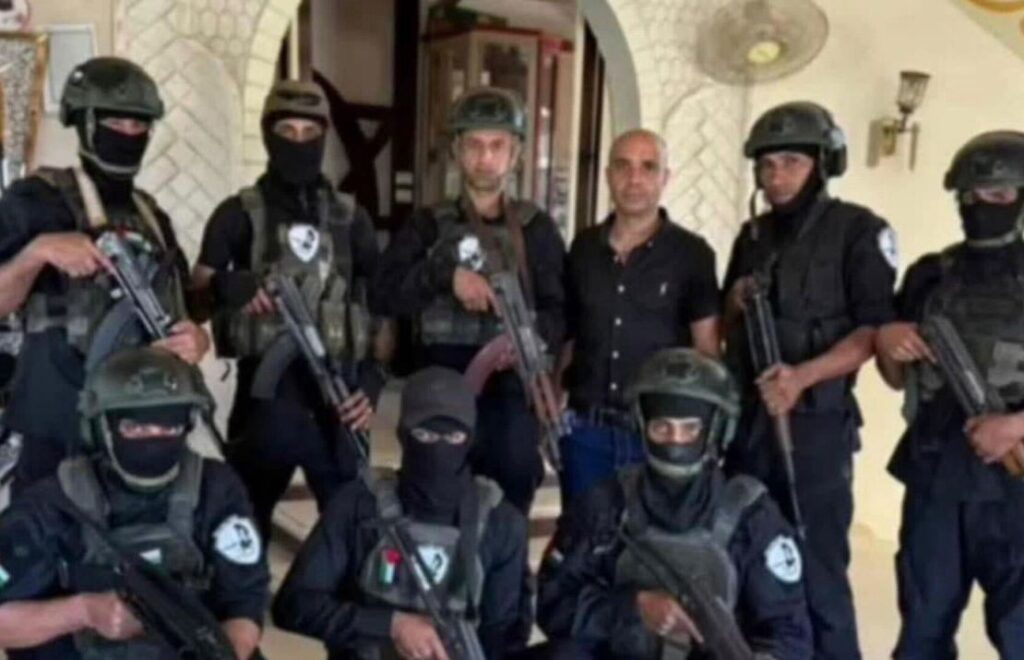Hamas guards were radicalized teachers, doctors, ex-hostage claims: ‘Normal people becoming terrorists’
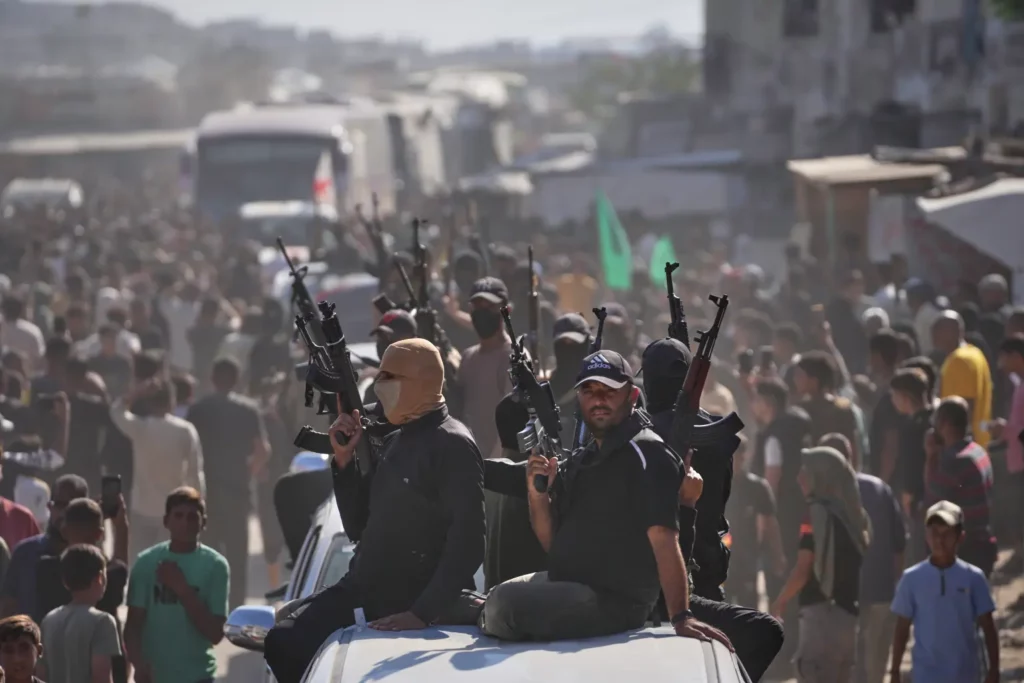
Some of the Hamas terrorists who guarded the hostages in Gaza were teachers, university professors and even doctors who had been radicalized, a former Israeli captive said.
In the wake of this week’s hostage release, Tal Shoham — who was among the hostages freed in February — relived his 500 days of captivity under Hamas, forcing him to contend with just how deep-rooted the hatred for the Jewish state had grown in Gaza over the two years of war.

